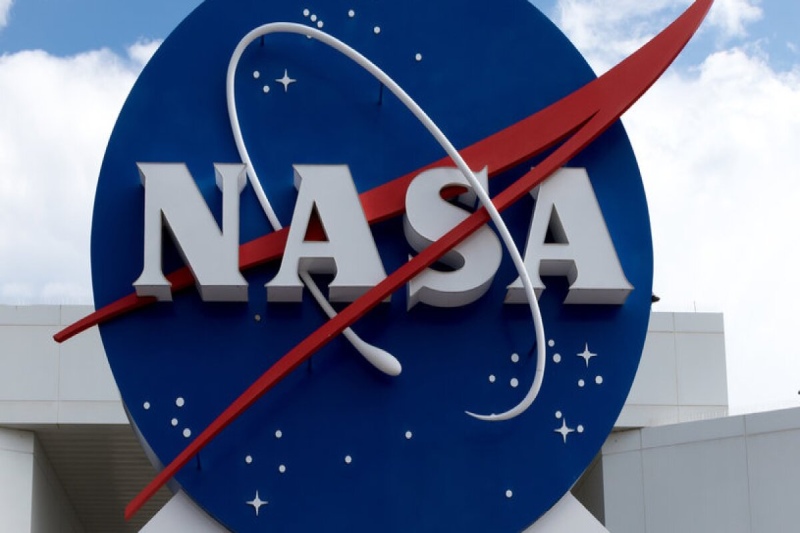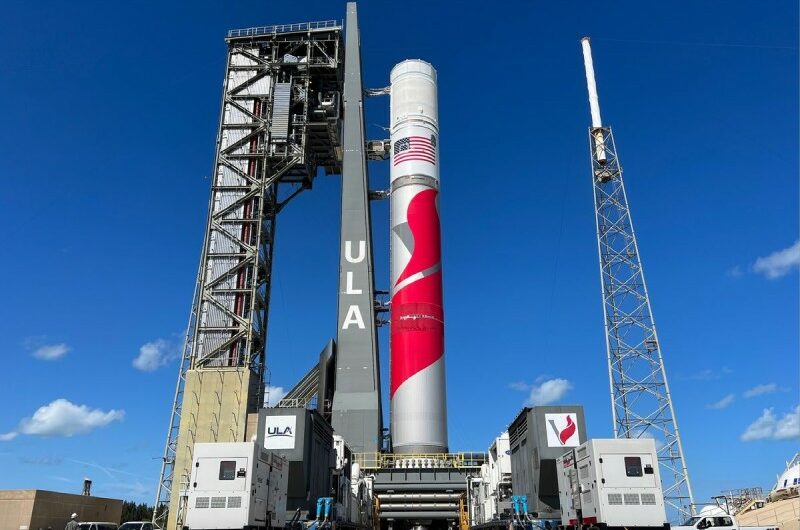Next year, NASA’s budget won’t be much increased.
In its federal budget request for the fiscal year 2025, the White House gave NASA $25.4 billion. The amount that Congress just last Friday (March 8) passed for the agency’s fiscal 2024 allocation, $24.9 billion, is a 2% increase over that amount.
The $27.2 billion that the White House had asked for the current fiscal year is a significant reduction from the amount that was actually authorized. Therefore, NASA’s request for the full $25.4 billion for the fiscal year 2025, which begins on October 1st, is not guaranteed.
NASA will ultimately receive a very little portion of the funding pie: The requested amount for federal spending in 2025 is almost $7.3 trillion.
NASA’s Artemis mission, which seeks to land a human presence on and around the moon by the end of the 2020s, is allotted $7.6 billion in the planned 2025 budget.
According to NASA officials, the agency would remain on course to launch the Artemis 2 mission in September 2025, circling the moon, and deploy Artemis 3 a year later, putting boots on the ground close to the lunar south pole.
Closer to home, the funding request also supports crewed spaceflight operations. For instance, it allots $109 million to the private sector’s construction of a vehicle whose purpose is to assist in the safe deorbit of the International Space Station (ISS) in the vicinity of 2030. The funding request for one or more commercial ISS replacements in low Earth orbit (LEO) is still in place.
During a budget call with reporters, NASA Chief Financial Officer Margaret Vo Schaus stated, “Specifically, this request includes $170 million for three commercial LEO partnerships in Phase 1 that are all working through early design maturation.”
If passed, the budget would also allocate $2.73 billion for robotic planetary exploration, enabling NASA to carry out the development of new missions like Dragonfly, a rotorcraft intended to study Titan, Saturn’s massive moon that may support life.
A portion of the $2.73 billion will fund NASA and the European Space Agency’s ambitious Mars sample return (MSR) mission. In the 2030s, MSR intends to return samples gathered by NASA’s Perseverance rover to Earth.
According to a recent audit by the NASA Office of Inspector General, MSR—a top priority for NASA and the space exploration community as a whole—has had cost overruns, schedule concerns, and other problems. Because of this, the agency has decided not to set the MSR budget for 2024 or 2025 until it has more information. An independent review committee, which is anticipated to release a report by the end of March, will provide such information. Nelson and other NASA officials stated that as a result, NASA ought to have clarification over the anticipated MSR budget shortly.
“During the budget telecon, we’ll have to make some pretty tough choices, but we’re looking forward to getting the results from the independent review team,” NASA’s Science Mission Directorate associate administrator Nicola Fox stated.
“Obviously, we have to maintain a balanced portfolio overall,” she added. “So, you know, that’s going to be a tough choice for us. But stay tuned, and we’ll get you the answer in April.”
Topics #NASA's budget










